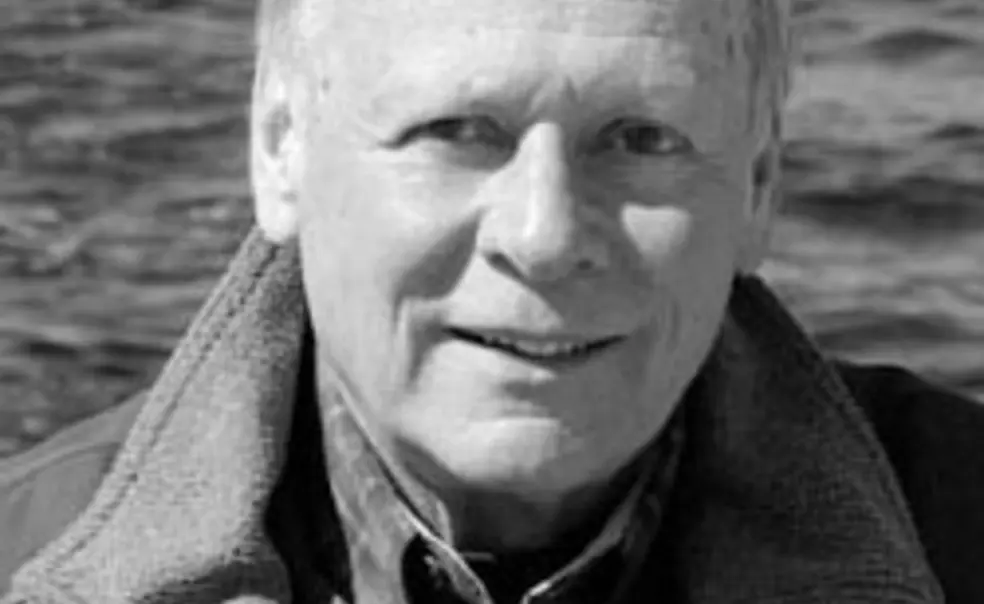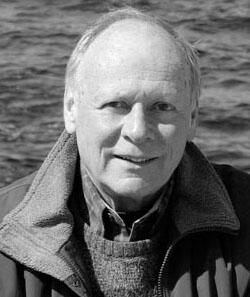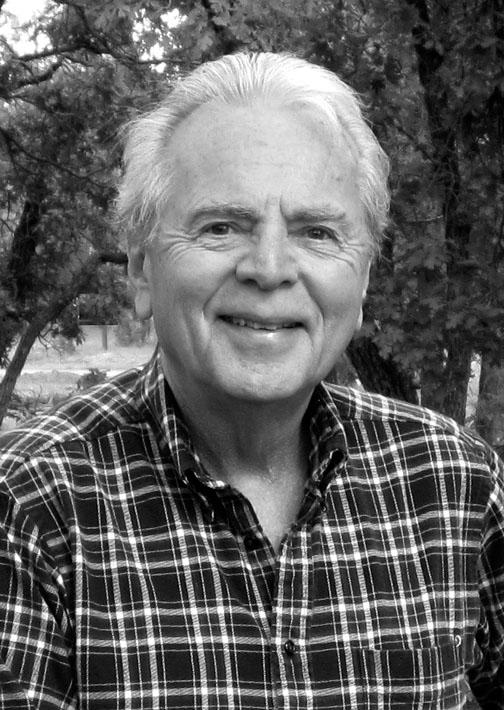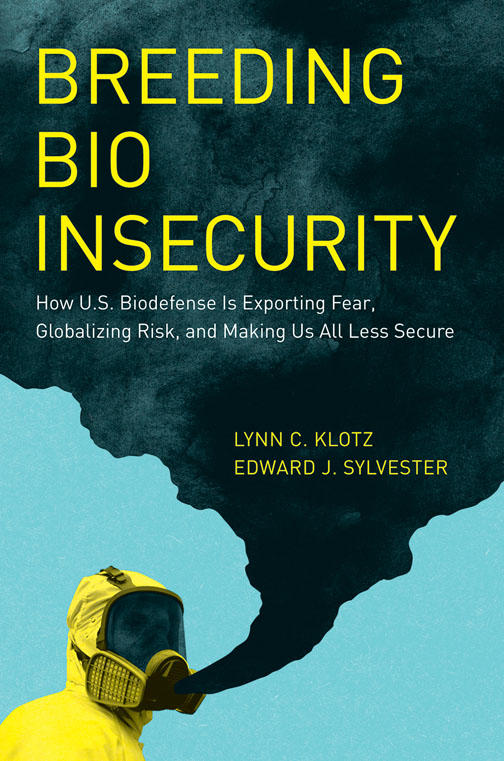Inside the U.S. biodefense program
Lynn Klotz ’65 and Edward Sylvester ’65 say that government labs make us more vulnerable
Two former Lockhart Hall roommates have written a book to make you lie awake at night. Breeding Bio Insecurity: How U.S. Biodefense Is Exporting Fear, Globalizing Risk, and Making Us All Less Secure argues that $60 billion in taxpayer funding that has been spent combating bioweapons since Sept. 11 has failed to protect us. On the contrary, they say, we are paying scientists to tinker with deadly substances in our own backyards.
The bioterror threat is overhyped, believes biodefense expert Lynn Klotz ’65, and the U.S. response — in terms of funds invested and the number of labs conducting research — has been disproportionate. He foresees no major attack on U.S. soil — these are hard to pull off except by foreign states that would face massive retaliation.
Yet the tinkering that goes on in government labs, Klotz writes in Breeding Bio Insecurity, is making us less secure. He was inspired to begin writing this book when he saw that Bostonians were ignorant about a proposed high-security laboratory, now complete but not fully operational, in the heart of their city, at Boston University. He was active in protesting against its opening. Klotz and his co-author, science journalist Edward Sylvester ’65, paint chilling scenarios: Suppose a researcher unknowingly infected with the SARS virus takes the subway home at the end of the day, sneezing as she goes.
Published by the University of Chicago Press, Breeding Bio Insecurity warns of the hazards inherent in spreading bioterror research across hundreds of laboratories nationwide and cloaking each one in secrecy. In a survey of recent snafus, Klotz and Sylvester take readers inside sloppy facilities that, they say, employ inexperienced workers. Anthrax has spilled onto scientists’ desks. And in 2005, mice infected with bubonic plague disappeared from a lab in Newark, N.J., perhaps having scurried out into the surrounding neighborhood. The authors argue that scientists probe Pandora’s box: sequencing smallpox DNA, then posting the results on the Internet; bringing the 1918 flu virus back to life by exhuming a corpse in Alaska. Such data in the wrong hands could be used to produce a catastrophe, Klotz says. Scientists “don’t see that they might be creating the next Nagasaki.”
A math major at Princeton, Klotz earned a Ph.D. in chemistry from the University of California, San Diego. He taught biochemistry at Harvard and Princeton but left academia to launch a biotech startup in the 1980s. Eventually he became a consultant on disarmament and today is a senior science fellow at the Center for Arms Control and Non-Proliferation. Sylvester, a philosophy major at Princeton, has written several books on cutting-edge medical research and The Gene Age (1983) with Klotz about the then-emerging biotechnology revolution.
Breeding Bio Insecurity calls on the United States to abandon its secretive approach, scale back its numerous laboratories, and partner with global allies for a more effective war on bioterror. A more likely threat than a major bioterror attack, says Klotz, is pandemic disease, which deserves additional research dollars.
W. Barksdale Maynard ’88 is the author of Woodrow Wilson: Princeton to the Presidency.















No responses yet